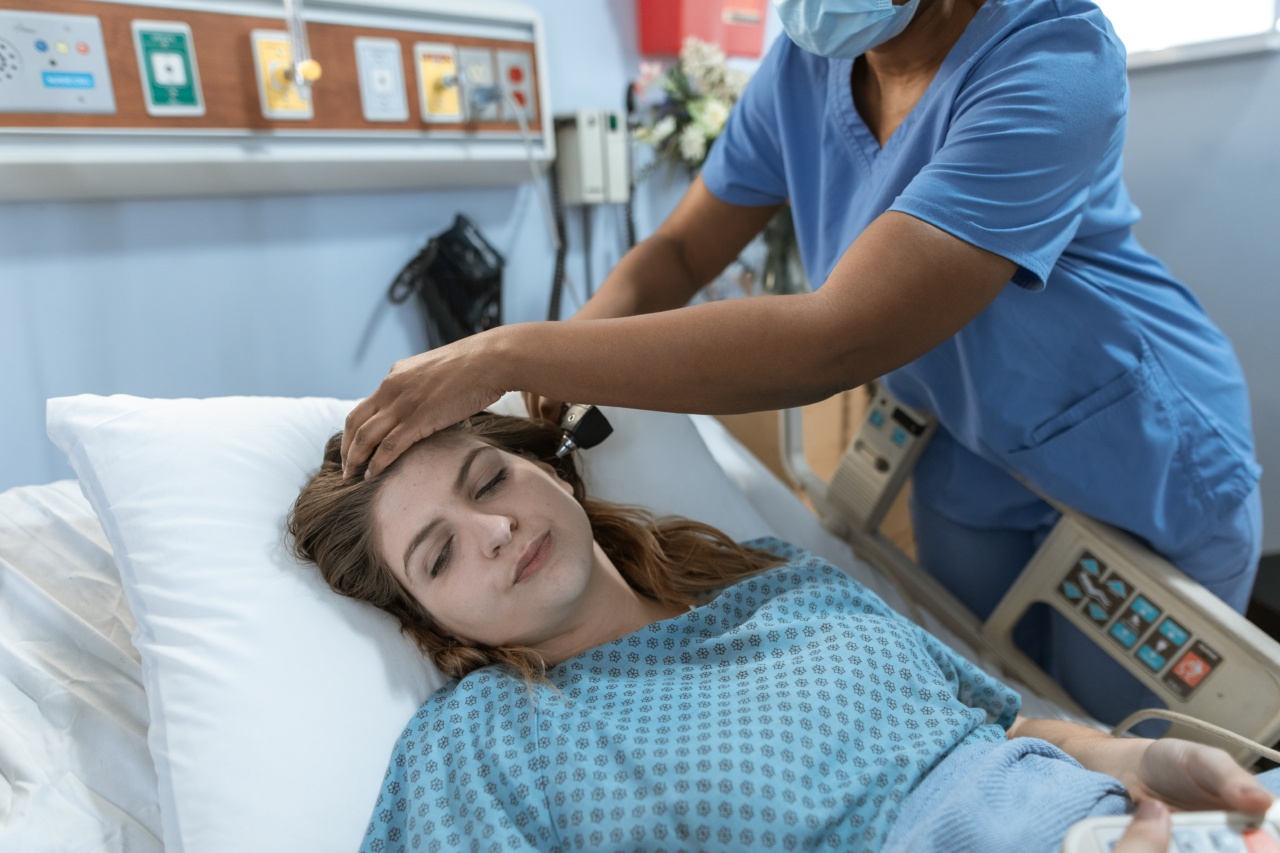Parkinson’s disease (PD) is a progressive neurological disorder that affects approximately 10 million people worldwide. It primarily impairs motor skills, causing tremors, rigidity, and difficulty with balance and coordination.
However, recent research has shown that tango dancing can be an effective rehabilitation tool for individuals with Parkinson’s disease. Tango, a popular social dance originating from the streets of Buenos Aires, Argentina, offers numerous physical, cognitive, and emotional benefits for Parkinson’s patients.
The Benefits of Tango Dancing for Parkinson’s Patients
1. Improved Balance and Posture: Parkinson’s often causes postural instability, leading to stooped posture and increased risk of falls.
Tango’s precise and upright posture requirements can help PD patients regain better balance and alignment.
2. Enhanced Mobility and Coordination: The complex footwork and intricate partner interactions involved in tango promote fluid movement, helping individuals with PD overcome stiffness and rigidity, while improving overall coordination.
3. Increased Flexibility and Range of Motion: Parkinson’s can cause muscle rigidity and decreased range of motion. The gentle and varied movements of tango can help alleviate stiffness and improve flexibility in the body.
4. Reduction of Tremors: Tango’s rhythmic movements and synchronization with music can help reduce tremors, a common symptom of Parkinson’s.
The music’s beat and partner connection provide a sensory cue, assisting in controlling motor symptoms.
5. Improved Gait and Walking Ability: Parkinson’s often affects walking, leading to shuffling, freezing, and slower movements.
Tango’s walking patterns and deliberate weight shifts encourage a smoother gait, helping individuals regain confidence in their walking ability.
6. Cognitive Stimulation: Learning tango steps, patterns, and sequences challenges cognitive processes such as memory, attention, and sequencing.
Engaging in these mental exercises can potentially slow down cognitive decline in individuals with Parkinson’s.
7. Social Interaction and Emotional Well-being: Tango is a partner dance that fosters social connections and emotional support.
Engaging in a dance community can reduce feelings of isolation and depression often associated with Parkinson’s disease.
8. Stress Relief: Tango dancing offers a valuable outlet for emotional expression and stress reduction. Engaging in a pleasurable activity like dance can help individuals cope with the emotional burden of Parkinson’s disease.
9. Neuroplasticity: The complex choreography and continuous learning involved in tango provide opportunities for neuroplasticity, the brain’s ability to reorganize and form new connections.
This can potentially slow down disease progression and enhance brain functioning.
10. Dopamine Release: Tango dancing promotes a release of endorphins and dopamine, chemicals that play a crucial role in mood, motivation, and movement control.
Increased dopamine levels can alleviate some symptoms of Parkinson’s, providing temporary relief.
The Role of TANGO in Rehabilitation Programs
With the growing recognition of tango’s rehabilitative potential for Parkinson’s disease, Tango-Ar, a specific form of tango developed for individuals with Parkinson’s, has gained popularity.
Tango-Ar tailors the dance to accommodate the specific needs and challenges faced by Parkinson’s patients, making it an ideal therapy tool.
Tango-Ar incorporates several key aspects:.
1. Adapted Steps:
The dance instructors modify traditional tango steps to ensure they are manageable for individuals with Parkinson’s.
Slower, smaller, and simplified movements allow for easier execution while still reaping the benefits of tango’s essential elements.
2. Emphasis on Improvisation:
Since every individual with Parkinson’s has unique symptoms and abilities, Tango-Ar emphasizes improvisation to adapt to each person’s mobility and skill level.
This adaptability allows participants to feel comfortable and successful during the dance.
3. Partner Connection:
Tango’s core essence lies in the connection between dance partners. Tango-Ar emphasizes a strong connection, providing physical and emotional support between partners.
This connection enhances the overall experience and offers a sense of inclusion and belonging.
4. Music Selection:
Tango-Ar carefully chooses music with clear, steady, and rhythmic beats, making it easier for individuals with Parkinson’s to synchronize their movements.
Music acts as a cue, facilitating coordination and reducing certain motor symptoms like freezing.
5. Multidisciplinary Approach:
Tango-Ar is often integrated into comprehensive rehabilitation programs for individuals with Parkinson’s, combining dance therapy with other treatments such as physical therapy, occupational therapy, and speech therapy.
This interdisciplinary approach maximizes the benefits and aids in a holistic recovery.
Conclusion
Tango dancing offers a unique and valuable rehabilitation tool for individuals living with Parkinson’s disease.
Its combination of physical, cognitive, and emotional benefits makes it an effective and enjoyable therapy for managing the symptoms of the disease. The specific adaptations of Tango-Ar further enhance the suitability of tango as a rehabilitation tool, allowing individuals with Parkinson’s to experience the joy, connection, and healing power of this beautiful dance form.




























